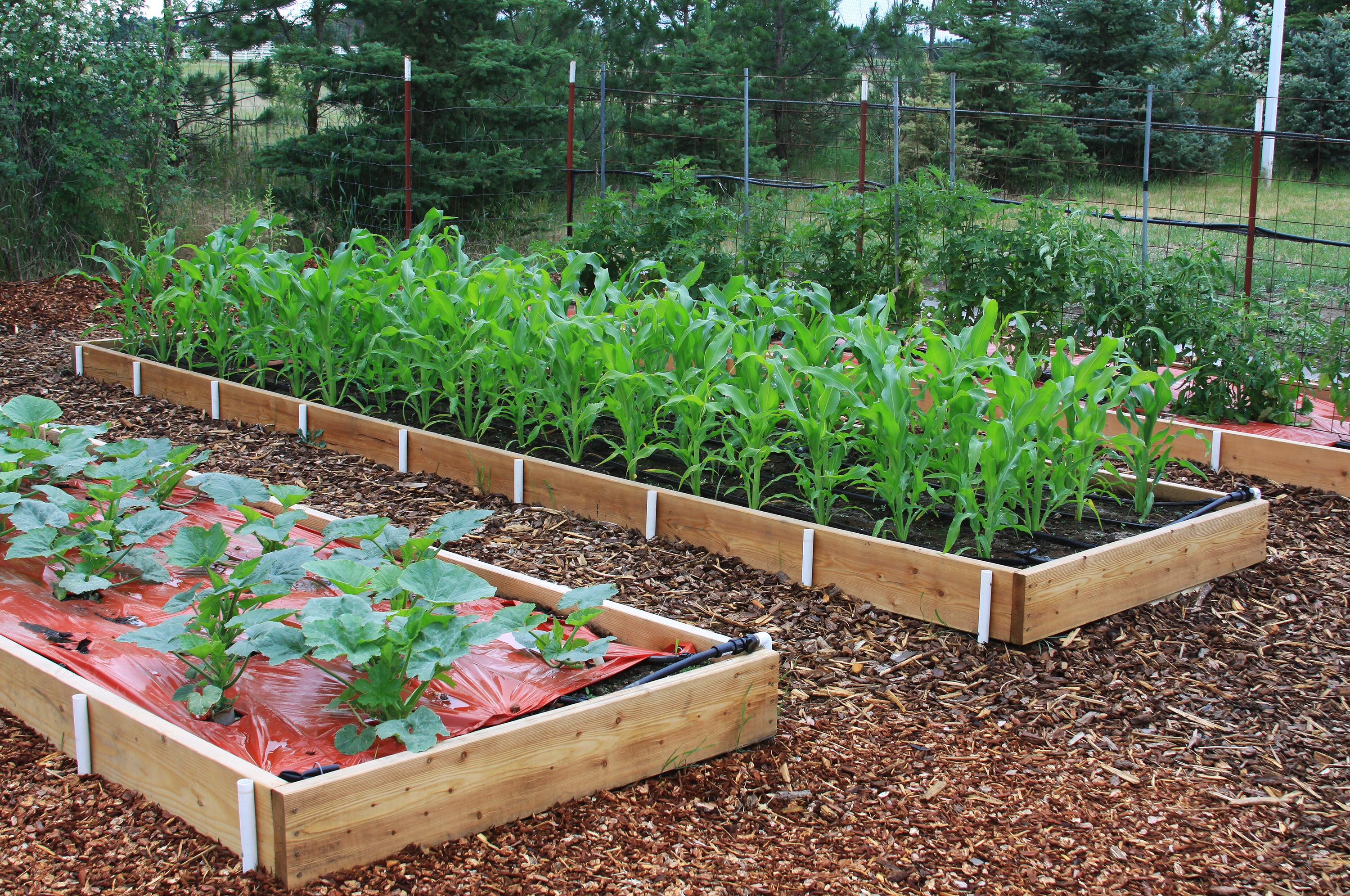How To Boost Veggies With Raised Beds: A Comprehensive Guide

Are you tired of battling with poor soil quality and limited space in your garden? Do you dream of a lush, thriving vegetable patch that yields bountiful harvests? It's time to elevate your gardening game—literally—with raised beds. Imagine raised beds as the VIP section of your garden, where your veggies can grow in luxury, pampered with the best soil, drainage, and care. Let's dive into the benefits of raised bed gardening for vegetables and explore how you can create and maintain your own.
The Benefits of Raised Bed Gardening for Vegetables
Raised bed gardening is like giving your vegetables a first-class ticket to optimal growth. Here's why:
Superior Soil Quality
In raised beds, you have complete control over the soil environment. You can fill your beds with rich, nutrient-dense soil that promotes healthy root growth and enhances vegetable yield. Say goodbye to the days of struggling with compacted, nutrient-poor soil.
Improved Drainage
Raised beds offer excellent drainage, preventing waterlogging and root rot. This is especially beneficial in areas with heavy rainfall or clay soil. Think of it as giving your plants a comfortable, well-drained mattress to grow on.
Easier Garden Maintenance
Raised beds make gardening a breeze. They reduce the need for tilling and weeding, as the soil in raised beds is less likely to become compacted. Plus, you can design your beds at a height that minimizes bending and kneeling, making gardening more comfortable and accessible.
Extended Growing Season
Raised beds warm up faster in the spring and stay warmer longer in the fall, extending your growing season. It's like giving your plants a cozy blanket that protects them from the cold.
Increased Vegetable Yield
With improved soil quality, drainage, and a longer growing season, raised beds can significantly increase your vegetable yield. You'll be harvesting basketfuls of fresh produce in no time.
Getting Started: Building Your Raised Beds
Ready to build your raised beds? Here's a simple step-by-step guide:
Choose Your Location
Select a spot that gets at least 6-8 hours of sunlight daily. Remember, sunshine is the fuel that drives your plants' growth engine.
Select Your Materials
You can build raised beds from various materials, including wood, stone, or composite materials. Avoid pressure-treated wood, as it can leach chemicals into the soil.
Determine Size and Height
Aim for a width of 4 feet or less to ensure you can reach the center of the bed from either side. The length is up to you, but keep in mind that longer beds may require additional support. The height can vary, but a minimum of 12 inches is recommended to promote good root depth.
Build and Fill Your Beds
Assemble your beds and fill them with a mix of high-quality topsoil, compost, and potting soil. This will provide the optimal growing medium for your vegetables.
Planting and Maintaining Your Raised Beds
Now that your beds are built, it's time to plant and maintain them.
Planting
Plant your vegetables according to their specific needs, paying attention to spacing and depth. Consider succession planting to maximize your harvest throughout the growing season.
Watering
Raised beds drain well, so regular watering is essential. Aim for about 1 inch of water per week, adjusting for rainfall. Drip irrigation systems can help ensure your plants get the water they need without waste.
Mulching
Apply a layer of organic mulch around your plants to retain moisture, suppress weeds, and regulate soil temperature. It's like giving your plants a protective barrier against the elements.
Fertilizing
Even with high-quality soil, your plants will benefit from regular fertilization. Use a balanced, organic fertilizer to provide the nutrients your vegetables need to thrive.
Common Challenges and Solutions
Even with raised beds, you may encounter challenges. Here are some common issues and solutions:
Pests
Raised beds can help deter some pests, but others may still find their way to your plants. Use physical barriers, beneficial insects, and organic pesticides to keep pests at bay.
Diseases
Good soil quality and proper spacing can help prevent diseases. If you do encounter a problem, identify the disease and treat it with an appropriate organic solution.
Weeds
Mulching and regular weeding will help keep weeds under control. Remember, a few weeds are inevitable, but consistent maintenance will keep them from taking over.
Embrace the Joys of Container Gardening
Raised beds are a form of container gardening, offering many of the same benefits. They allow you to control the growing environment, making it easier to manage soil quality, pests, and diseases. Plus, they can be incredibly rewarding, providing a sense of accomplishment and a bounty of fresh produce.

Conclusion: Elevate Your Gardening Experience
Raised bed gardening is more than just a practical solution to poor soil and limited space. It's a way to elevate your gardening experience, both literally and figuratively. By providing superior soil quality, improved drainage, easier maintenance, and increased vegetable yield, raised beds offer a path to gardening success.
So, are you ready to give your vegetables the VIP treatment they deserve? Start building your raised beds today and watch your garden flourish. Happy gardening!
FAQs
What is the best depth for a raised bed? A minimum depth of 12 inches is recommended to promote good root depth. However, deeper beds can accommodate plants with longer root systems.
What should I fill my raised beds with? A mix of high-quality topsoil, compost, and potting soil provides an optimal growing medium for your vegetables.
How often should I water my raised beds? Aim for about 1 inch of water per week, adjusting for rainfall. Regular watering is essential due to the good drainage of raised beds.
Can I use pressure-treated wood for my raised beds? It's best to avoid pressure-treated wood, as it can leach chemicals into the soil. Opt for untreated wood or other safe materials.
How can I extend the growing season in my raised beds? Raised beds naturally extend the growing season by warming up faster in the spring and staying warmer longer in the fall. You can further extend the season by using row covers or cold frames.

By embracing raised bed gardening, you're not just growing vegetables—you're cultivating a thriving ecosystem that rewards you with fresh, delicious produce. So, roll up your sleeves, grab your gardening gloves, and let's get growing!
0 Response to "How To Boost Veggies With Raised Beds: A Comprehensive Guide"
Post a Comment